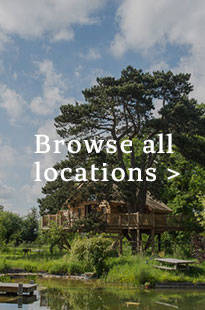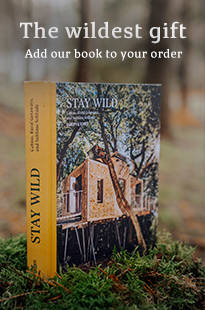- Location
- Glamping
Special occasions
- Stories
- Gift Cards
- About us
About Canopy & Stars
More from Canopy & Stars
More at Sawday's
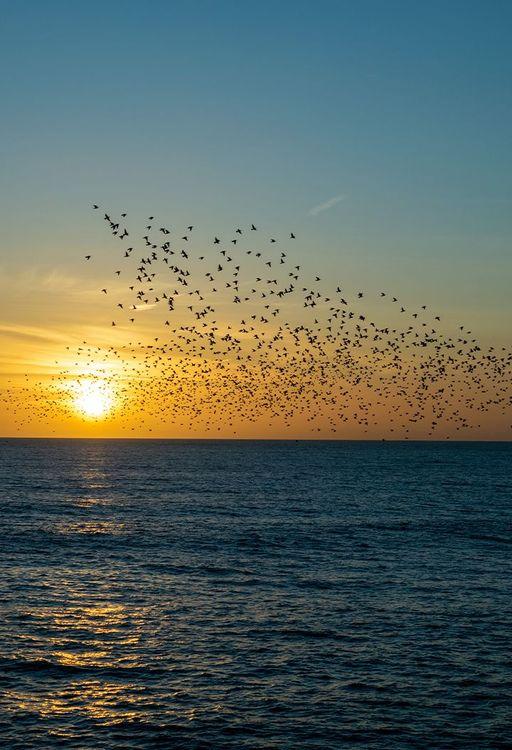
Hamza Yassin on where to spot Starling murmurations this autumn
It’s that time of year again, where the trees turn ablaze with colour, the air gets cooler and crisper, and some of our favourite wildlife comes to play – including the starling. Autumn is the best time to spot these incredible birds, and here to help us find them is Hamza Yassin. With an ever-growing CV, Hamza Yassin is a man of many talents – from his work as a wildlife cameraman, to a presenter on Cbeebies, Countryfile and Animal Park, he even won the twentieth series of Strictly Come Dancing with some phenomenal moves. He shared an extract from his new book with us on where to spot starlings spinning and diving in perfect harmony.
The Starling is one of the most underrated birds there is. Everyone sees them and kind of forgets them, but if you look closely at a starling, you’ll see that their feathers shimmer with iridescent greens, blues, purples, even a touch of copper. And the little white blotches on their breasts are more intricate than that – they’re little chevrons or love heart shapes, depending on how you want to look at life!
Starlings are incredible mimics too, able to incorporate all sorts of different sounds, including other animal calls into their own. Their range of vocalizations is just amazing: chattering, rattling, whistling, clicking, to name just four types.
Starlings are well known for forming great flocks called murmurations in November (sometimes as early as September though) that dance across the sky in shape-shifting clouds before they roost together for the night. They begin towards dusk, with more and more birds reuniting with their flock near their roost sites. Sometimes their numbers can reach hundreds of thousands.
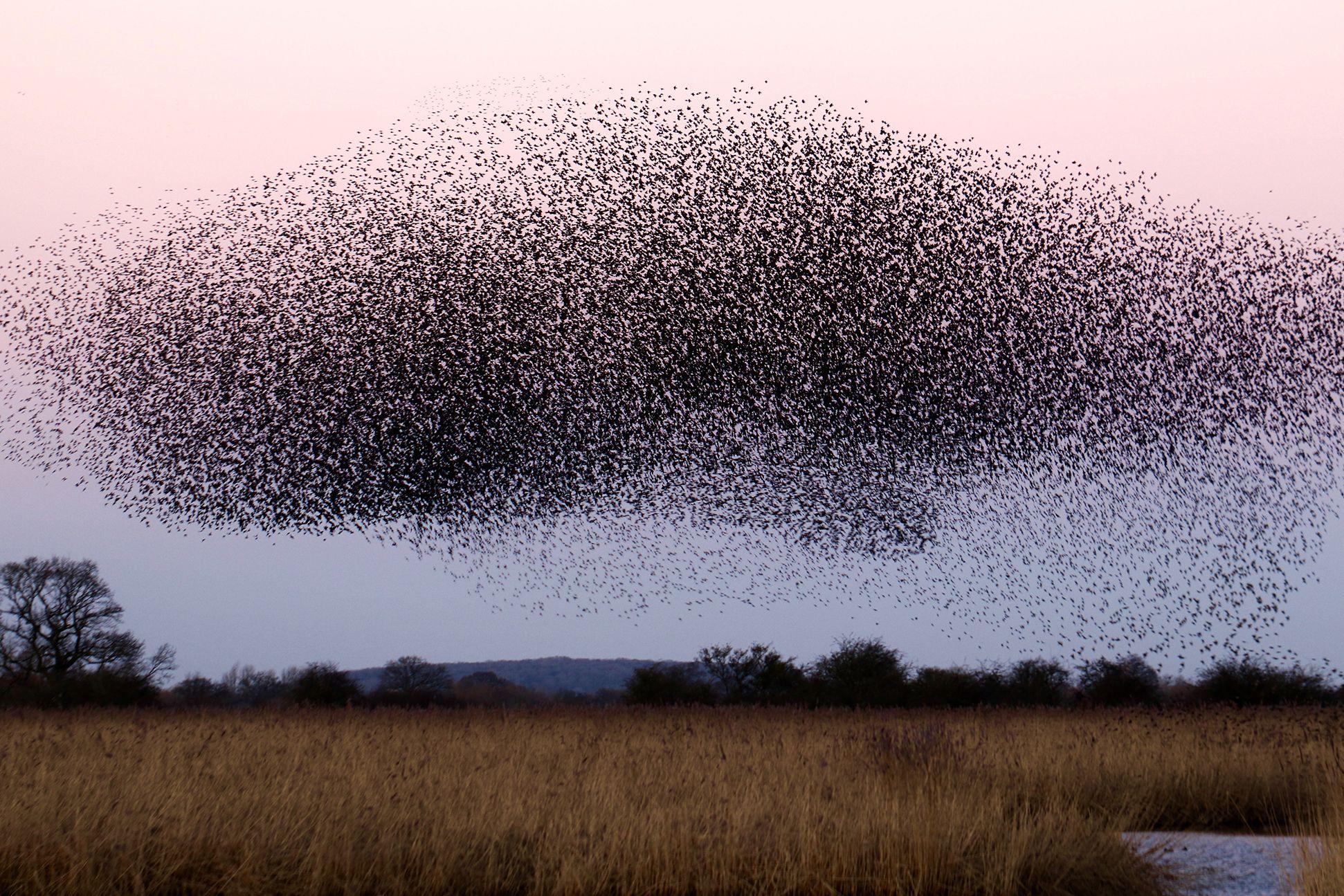
What fascinates me is which starling decides ‘That’s all, folks!’ and signals those around it to make for the roost. A study published in 2013 discovered that each starling monitors the movements of the seven birds closest to it and coordinates its behaviour with them. And every group of seven is attached to other groups of seven. We know that starlings’ reaction and processing speed is so much faster than ours, but we’re not sure how they can produce such incredible collective responses. And to be honest, we’re still not entirely sure why they form murmurations. Not even Attenborough knows! It could be a defence mechanism to confuse and put off predators. It could be to keep warm. There is strength in numbers, after all.
Although it’s called the Common Starling, it’s also known as the European Starling in North America. And that’s because starlings were introduced there in the 19th century. Sixty of them were released in New York’s Central Park by a chap called Eugene Schieffelin in 1890 in the hope that they would breed, which they certainly did, given that they now number over 200 million there! Schieffelin was an eccentric ornithologist and president of something called the American Acclimatization Society, a group who wanted to introduce various plants and animals to North America. The story goes that he was a big Shakespeare fan and wanted to introduce all the birds that appear in the works of Shakespeare. It’s almost certainly an urban legend, but it shouldn’t get in the way of a good story! Starlings weren’t the only bird species released in Central Park in the 19th century, though. House sparrows, blackbirds, chaffinches, skylarks and nightingales were also set free, but only the sparrows took off, so to speak.
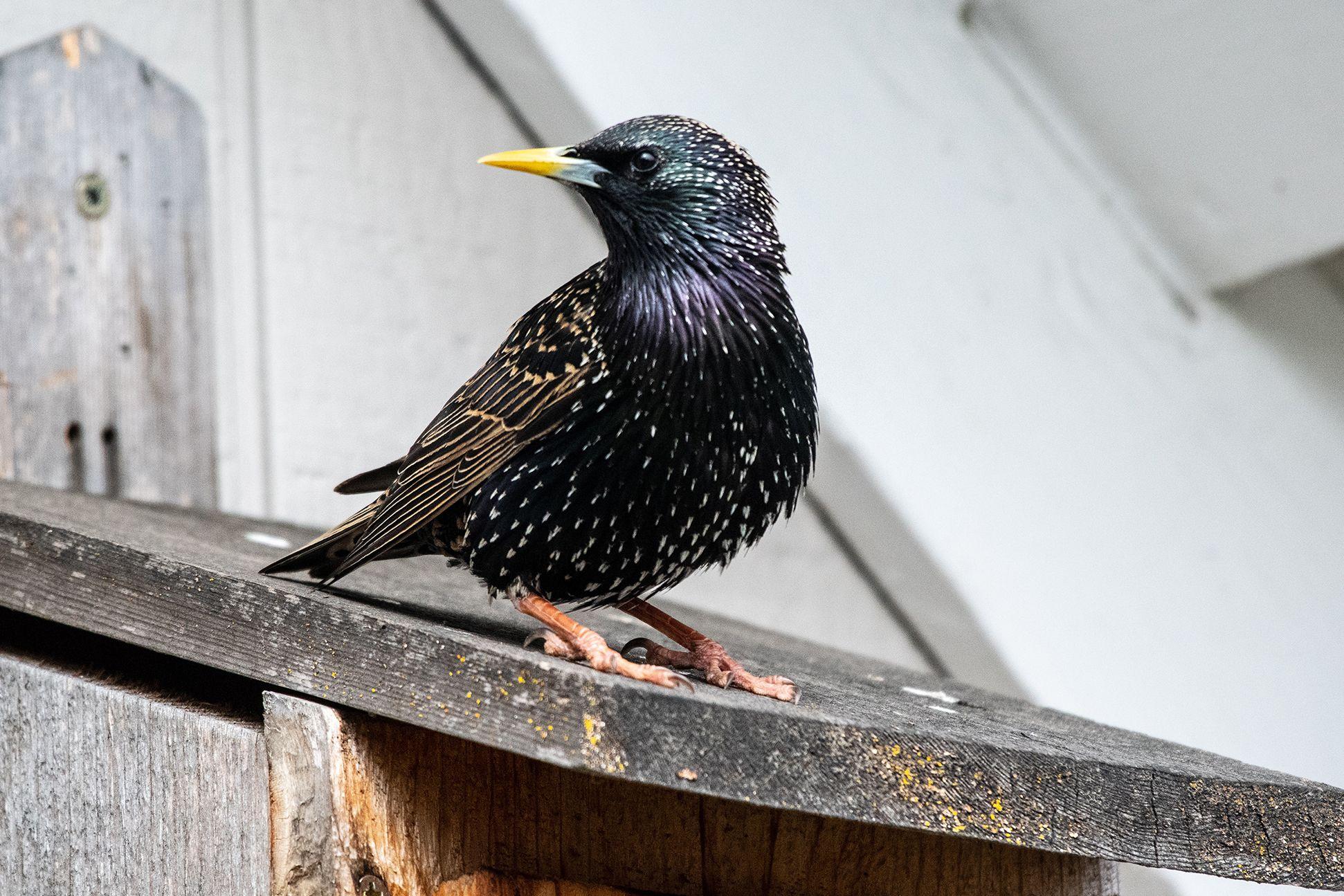
Although they’re listed on the Global Invasive Species Database, which is administered by the IUCN (the International Union for Conservation of Nature), starlings are actually on the Red List in the UK, the list of birds that need our help. And that surprises people because while they seem quite common, their numbers have dropped by two-thirds in the past 25 years in the UK.
Starlings have a special place in my heart. There’s a little hole in one of the fascia boards of my house in Scotland. We get strong Atlantic winds here and it’s been degrading the wood. I’m slowly getting things fixed, but a group of starlings has started nesting in the hole in summer so I don’t really want to fix it up because it feels like some beautiful friends are coming back each year to visit me! I love hearing the sounds get louder and louder in the three weeks that follow, and then it goes completely quiet and I realise that the chicks have fledged. There’s always a touch of sadness about that moment but it’s outweighed by the joy I feel that another group of starlings are out there living their lives. It’s such a lovely feeling that my home is home to other animals. Sometimes it’s much better for the nature around you to leave a manageable hole here or there, an unmowed area of your lawn, a pile of logs to encourage animals to join you in the place you love.
The last thing to say is that if you’ve been converted and see the starling in a new light, some of the other members of the starling family are even more stunning. The Chestnut-bellied Starling and the Greater Blue-eared Starling were birds I used to see in Sudan, and wow! And then there’s the Emerald Starling and the Superb Starling, also native to Africa, and the Golden Myna, all of which have to be seen to be believed. Enjoy!
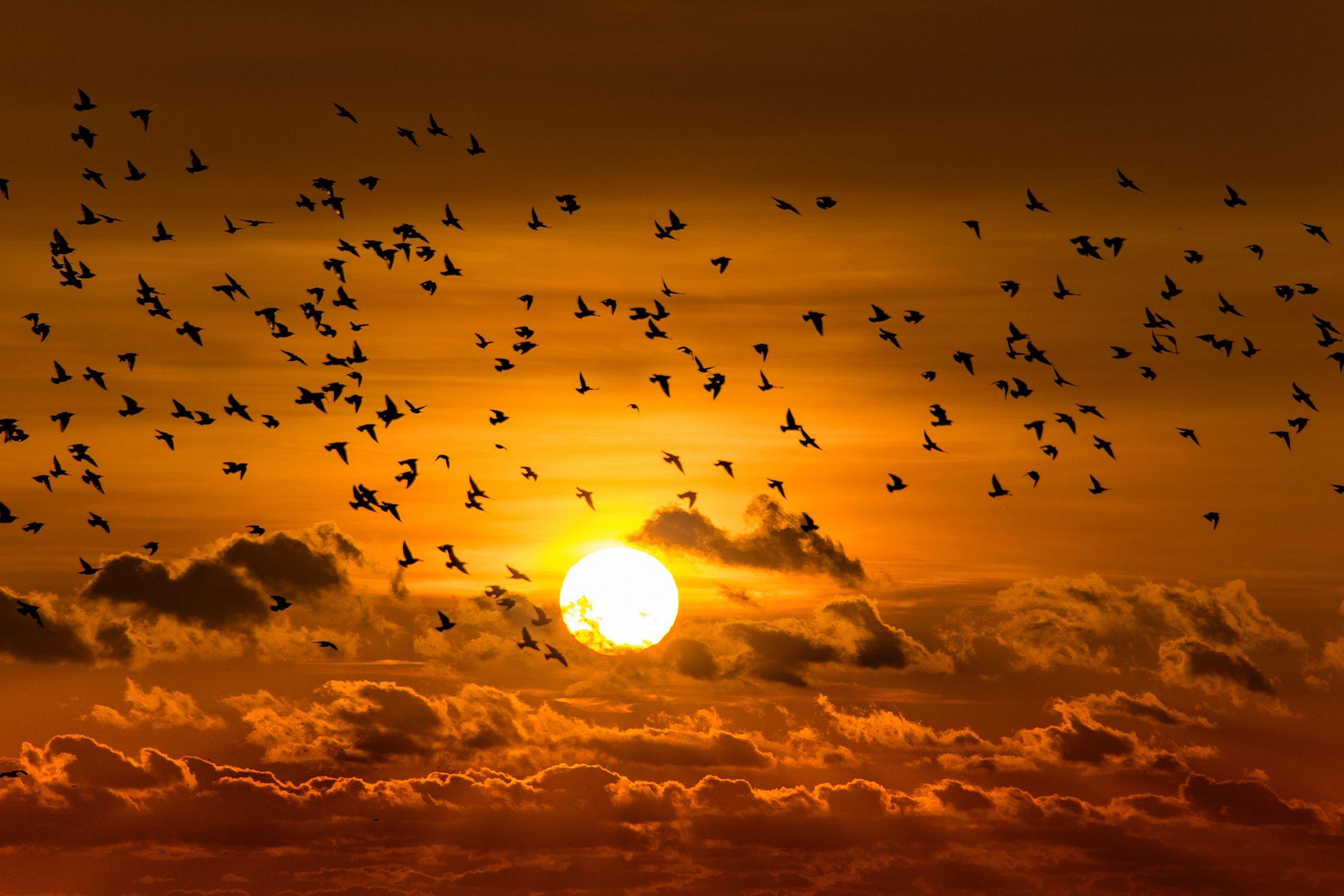
Where to spot them
Some of the best places to see them are over piers, like the West Pier in Brighton. The Albert Bridge in Belfast and Gretna Green, in Dumfries and Galloway also play host to spectacular murmurations. We’re spoiled for choice.
Other prime spots include the RSPB site Leighton Moss and Whisby Nature Park in Lancashire, the Newport Wetlands and around Cardigan Bay in Wales, Ellon in Aberdeenshire, Attenborough Nature Reserve in Nottinghamshire or the Westhay National Nature Reserve in Somerset.
This is an extract from Be a Birder by Hamza Yassin, RRP £16.99, Published by Gaia, Out Now

